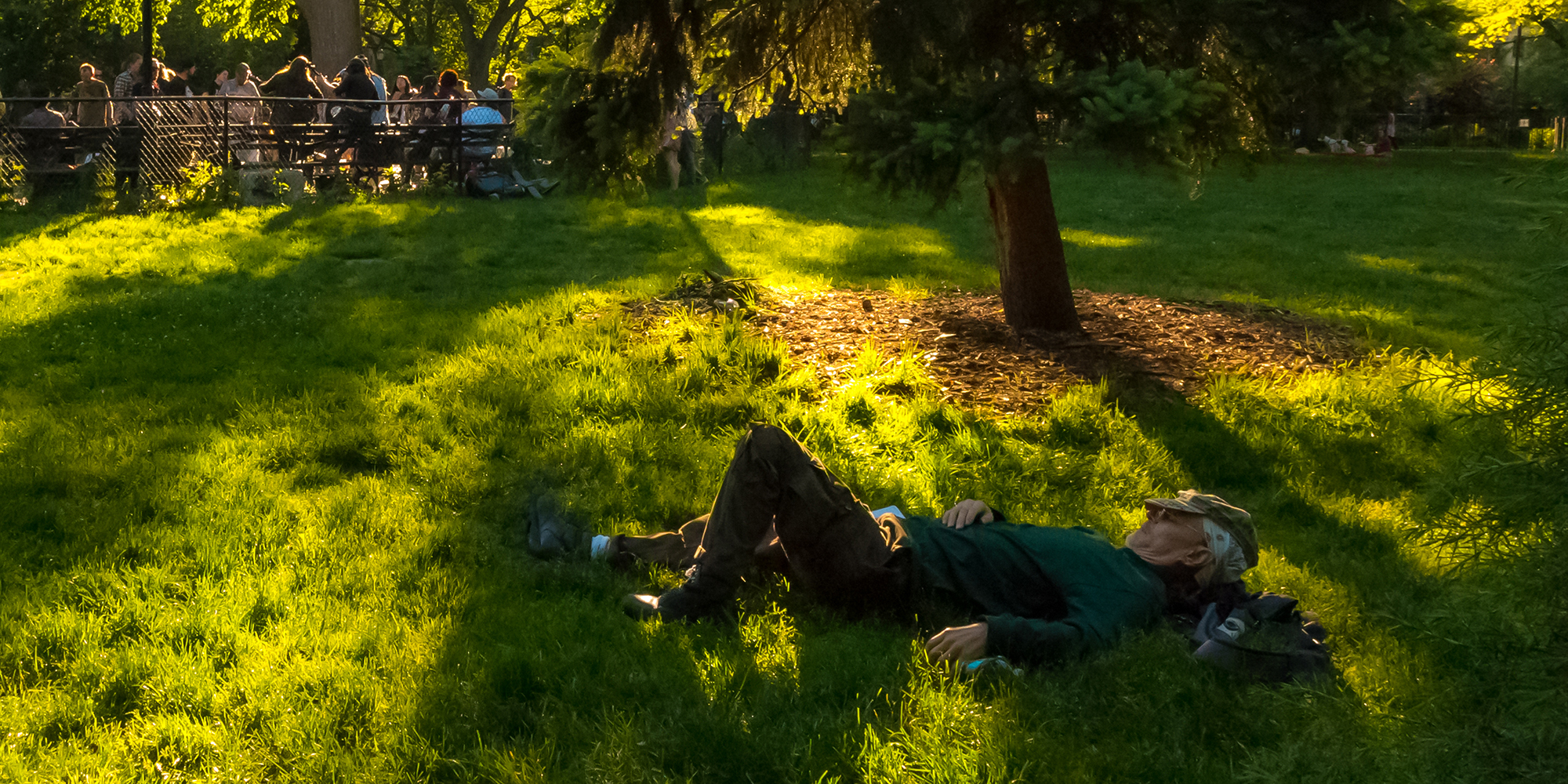THE DISPATCHES
06/04/2017
I have been talking with creative people both online and offline about what it is to be an artist in the United States in 2017. This is a "conversation" I began a few months ago, and there have been as many interesting ideas as there have been moments of mild anxiety over what I have heard.
On the one hand, the independent creative professional is alive and well, especially outside the art scene. Creative people everywhere are more emboldened than ever with the possibilities of entrepreneurship, and the various tools by which they can "get it done." I have to consider, for example, that in my own first experience with a mail-order business, the task was to get addresses on paper, which would then have to be typed out and dropped into address book software. Labels would be made for physical, expensive, mailings announcing new music releases and t-shirts to go with them. Lists were pruned regularly. Payment was by cash, check or mone order. That was 1997. Cut to 2017 and with a website, mailing list automation, drop-shipping and custom production sourcing—worldwide(!)—it's easier than ever for someone to make something and sell it. So that part is good.
But there is a persistence of other tangentially related psychological and logistical issues that artists have to manage regularly: art careers in the United States are non-linear—there is no "set" career path for a fine artist. So the art education system offers little in the way of business practices coaching. Over time there's developed a pattern of an almost puritan, pre-Warhol confusion around the issue of money, profitability and sustainability—it is seen as being at odds with the purity of the work. I'm taking notes as I go, and things are getting interesting as arts funding is threatened, the term "artist" is too often presented with the adjective "starving" and artists very rarely are able to claim the entirety of their income from their art.
I believe it's an important conversation and worth tackling. Artists—what do you do to maintain your art practices? Let me know. Creative professionals, gallerists and people in the pedagogy—when you are asked for advice from younger artists about best practices, galleries, and other business-related things, where you send them to "fuel up" on these subjects? Let me know.
Stay human,

CEDRIC VICTOR


FoMO IS THE BUSINESS & BUSINESS IS GOOD




